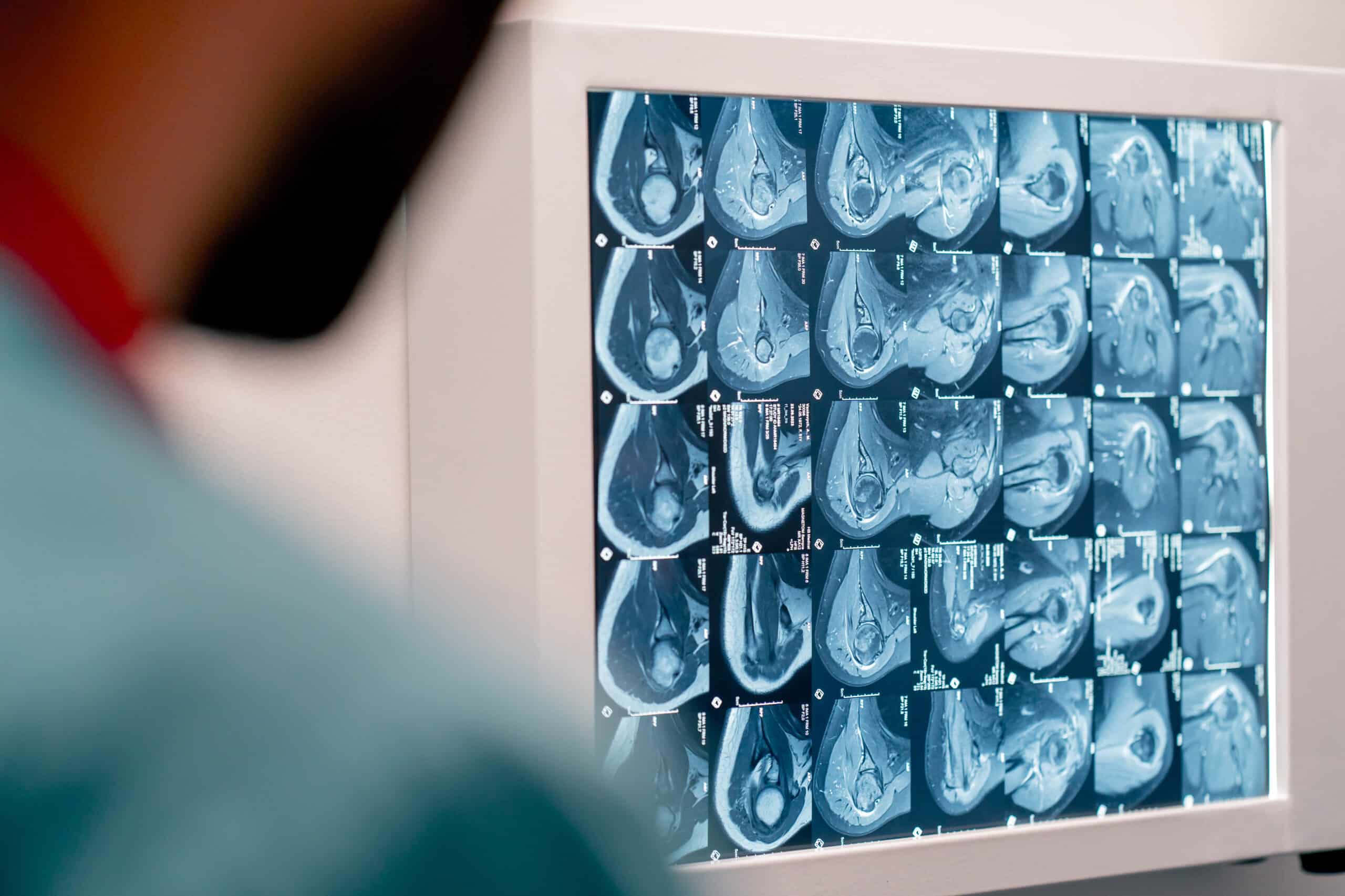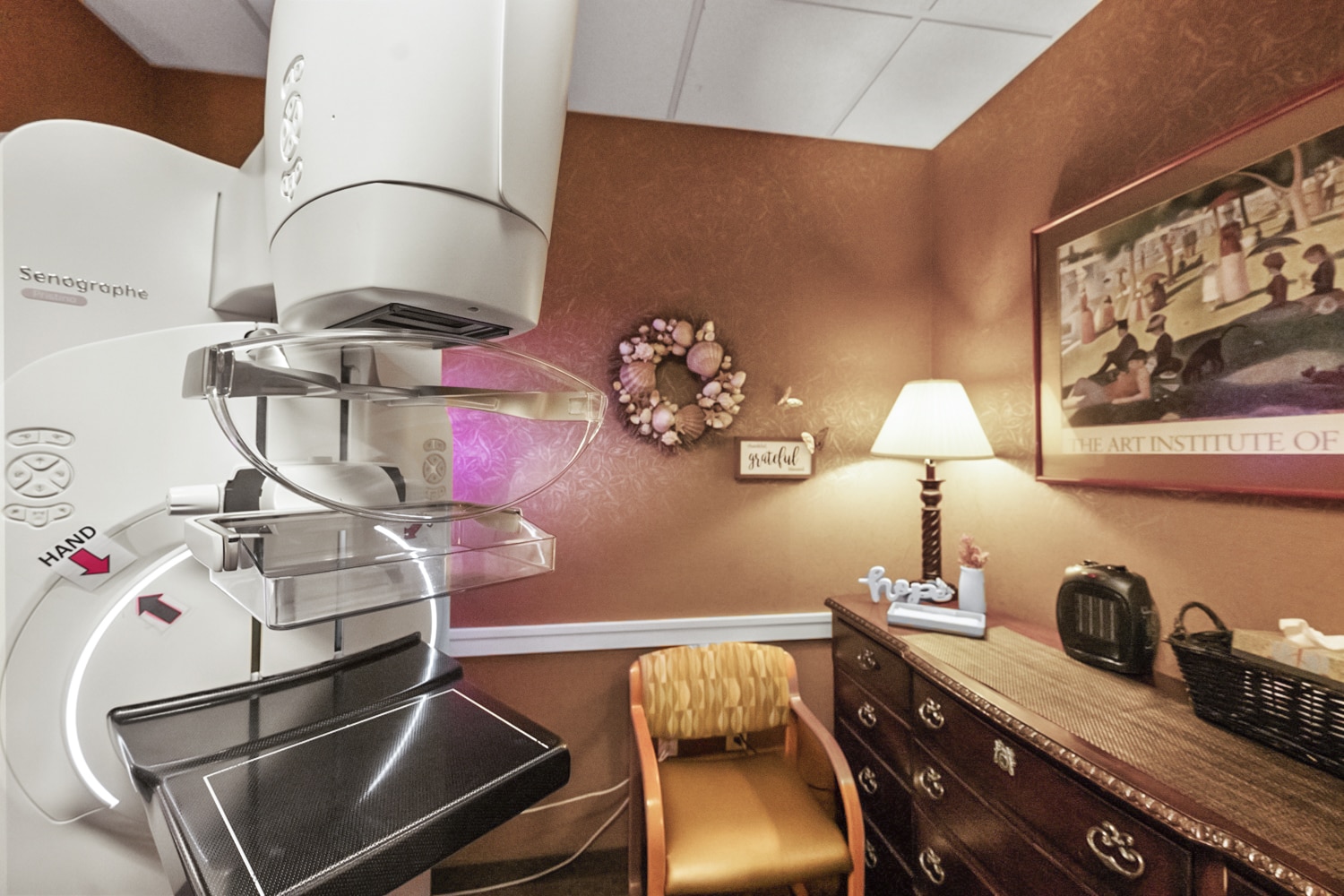At OB/GYN Specialists of Palm Beaches, we offer a comprehensive range of diagnostic imaging services to ensure the highest standard of care for our patients. Our state-of-the-art facilities and experienced team of healthcare professionals are dedicated to providing accurate and timely

Diagnostic imaging offers invaluable benefits, including early detection of medical conditions, accurate disease prediction, and a comprehensive assessment of overall health. By providing insights into internal structures and potential abnormalities, it enables proactive healthcare management and timely interventions. Ultimately, diagnostic imaging promotes better health outcomes and instills confidence in individuals’ well-being.
Bone densitometry is an advanced x-ray technology used to measure bone density and assess bone loss. Primarily utilized in diagnosing osteoporosis, a condition prevalent in post-menopausal women, this imaging method detects calcium depletion, leading to weakened and more fracture-prone bones. Recommended every two years for post-menopausal women, bone density testing is available at our Palm Beach Gardens location.


Our offices in PGA, West Palm Beach, Wellington, and Jupiter offer state-of-the-art 3D Tomosynthesis Mammography, capturing multiple breast images from various angles with reduced breast pressure. This technology enhances breast cancer detection, particularly in dense breast tissue. Additionally, we provide Contrast Enhanced Spectral Mammography (CESM) using SenoBright HD, offering advanced screening, diagnostic, and staging capabilities. With significantly increased cancer detection rates, our digital mammography services ensure comprehensive breast care for our patients.
A mammogram is an x-ray of a breast used to scan the tissue for signs of breast cancer. Mammograms reveal abnormal cells even when lumps cannot be felt. Women are recommended to have annual mammogram screenings from the age of 45. In addition to revealing cancer before lumps can be felt, mammograms are also useful tools to determine the size and extent of cancer when a lump is discovered during a manual exam.
In addition to lumps, signs of breast cancer include breast pain, nipple discharge, thickening of the skin, or a change in the size or shape of the breast. It is important to note that like most cancers and medical conditions, breast cancer does not present symptoms in its early stages. It is also important to note that the symptoms associated with breast cancer can also be caused by other medical conditions.
Since breast cancer does not produce symptoms in its early stages, mammograms are the best way to detect cancerous developments as early as possible. Breast cancer can be more easily treated in the early stages of the disease so it is imperative to have regular screenings to protect your own health, especially if you have a family history of the disease.
Women should perform regular manual exams on their own. It is recommended to check your breasts once a month, typically just after your period has ended. You should also have regular manual breast exams at your annual well woman checkup with your gynecologist. High-quality mammogram screenings on the recommended schedule, once a year from the age of 45, or perhaps more often if you have a family history are an essential tool for early detection and treatment.
We use cookies to improve your experience on our site. By using our site, you consent to cookies.
Manage your cookie preferences below:
Essential cookies enable basic functions and are necessary for the proper function of the website.
You can find more information about our Cookie Policy and Privacy Policy.